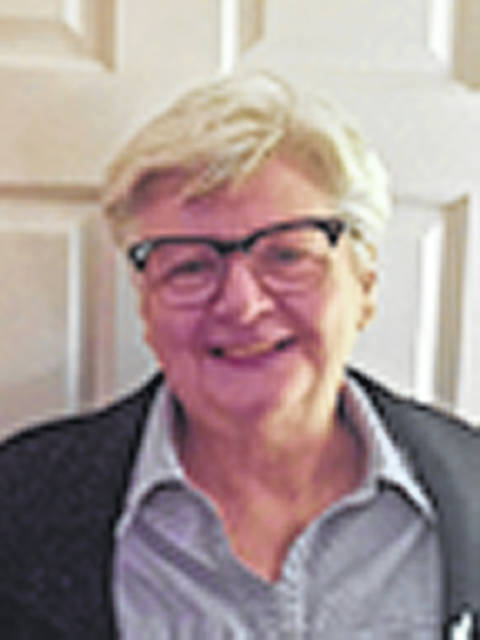
Jesus told them another parable: “The kingdom of heaven is like a mustard seed, which a man took and planted in his field. It is the smallest of all seeds, yet when it grows, it is the greatest of shrubs and becomes a tree, so that the birds come and perch in its branches.” He told them still another parable: “The kingdom of heaven is like yeast that a woman took and mixed in with about three measures of flour until it was leavened.” (Matthew 13:31-34)
Jesus told the crowds all these things in parables; he did not say anything to them without using a parable.
Among the sages and scholars who I count as mentors in studying and appreciating the Bible, I have to confess I learned a lot from Highlights magazine. Do you remember Highlights? It was a kid’s magazine with these wonderful puzzles, like the hidden picture challenge, where a scene in a park or in a classroom would contain images that didn’t belong. Hidden in the details there would be a hammer in the leaves of a tree, that sleeping cat in the folds of a cowboy hat.
I am only half kidding when I say these simple puzzles formed my love for the Bible. Being a faithful reader of the Bible involves a set of skills we develop over a lifetime to see context, or form; to be alert for metaphor, and glean deeper and deeper meaning.
Being a faithful reader of the Bible also requires the generous use of imagination, and the Highlights magazine was all about that. Fooling around with pictures and puzzles give rise to a way of being in the world where one was on the lookout for hammers in trees or clowns in wallpaper, and even if we didn’t see those things, exactly, what we did see was a world of amazement out there in caterpillars and clouds and fossils and rivers.
Knowing how to see and hear with our imagination, the way children do and many adults forget, is also an essential part of the life of faith. The Bible, worship, prayer, and service are elements of the faith walk that use pictures, symbols, and stories, to help us understand what the kingdom of God is like and how we will recognize it here among us so that we can grow into the fullness that God calls us to enjoy. I think one reason Jesus taught in parables was to give us a process where we will learn to do just that, to take the essence of the gospel and find it in our homes and communities.
A friend of mine did this in a brilliant way with her kids. When they were in the car and heard a siren, she taught them to pray for the safety of the people involved. The siren’s sound became not a fearful intrusion but a symbol of help and healing. Her boys learned how to do that as they drove to school each day.
Today, one of her sons is a firefighter, one of those amazingly brave people who will stand and face a wall of flame coming at them in a wildfire and push it back with shovels and dirt and pure grit. Did he learn to trust God while the sirens wailed? Or did God implant that gift in him even before he was born, and allow the siren to awaken him to his vocation?
We won’t all fight wildfires, but you might try that ambulance prayer in traffic or at home when the news is on and things seem scary. When we bring food to a food drive, we can remember that our cans of beans is a signs of how the miracle of the loaves and fishes continues the work of Christ. When we have the opportunity to forgive, we can ask, will we be like the forgiving father of the prodigal son? Or like the rich man who only thinks of himself until he arrives in Hades?
The world is stuffed with reminders of God hidden in the daily puzzle: tiny mustard seeds, a feast at a wedding, a spring of water bubbling up, the light streaming through your windows. Find the one hidden in your story, your need, your call to be useful, and follow where Jesus leads with all your heart.




